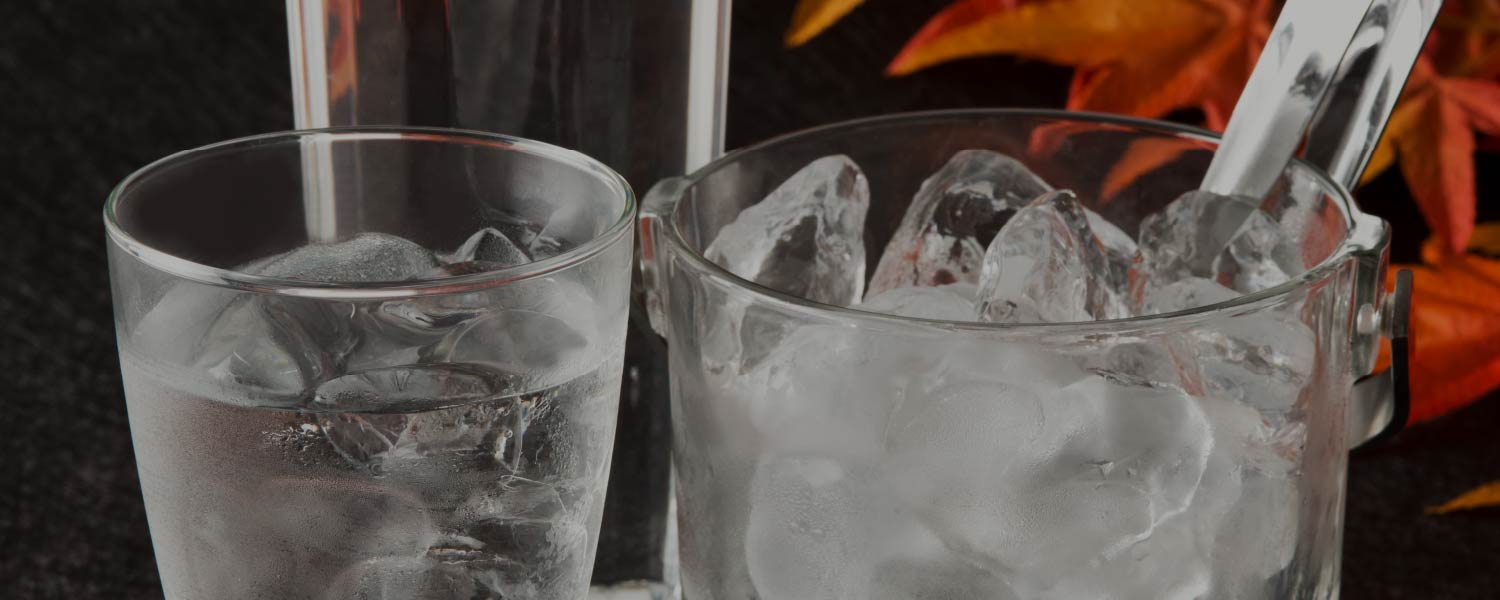Symbolic rituals involving shochu flourished in parts of Kyushu and Okinawa. One custom involved pouring the first drop of shochu in the corner of the room or somewhere close when drinking outside. This was an act of offering the shochu to god, showing their gratitude for the drink. In Miyako, the first cup was called “kaminumun” which means “one for god.”








